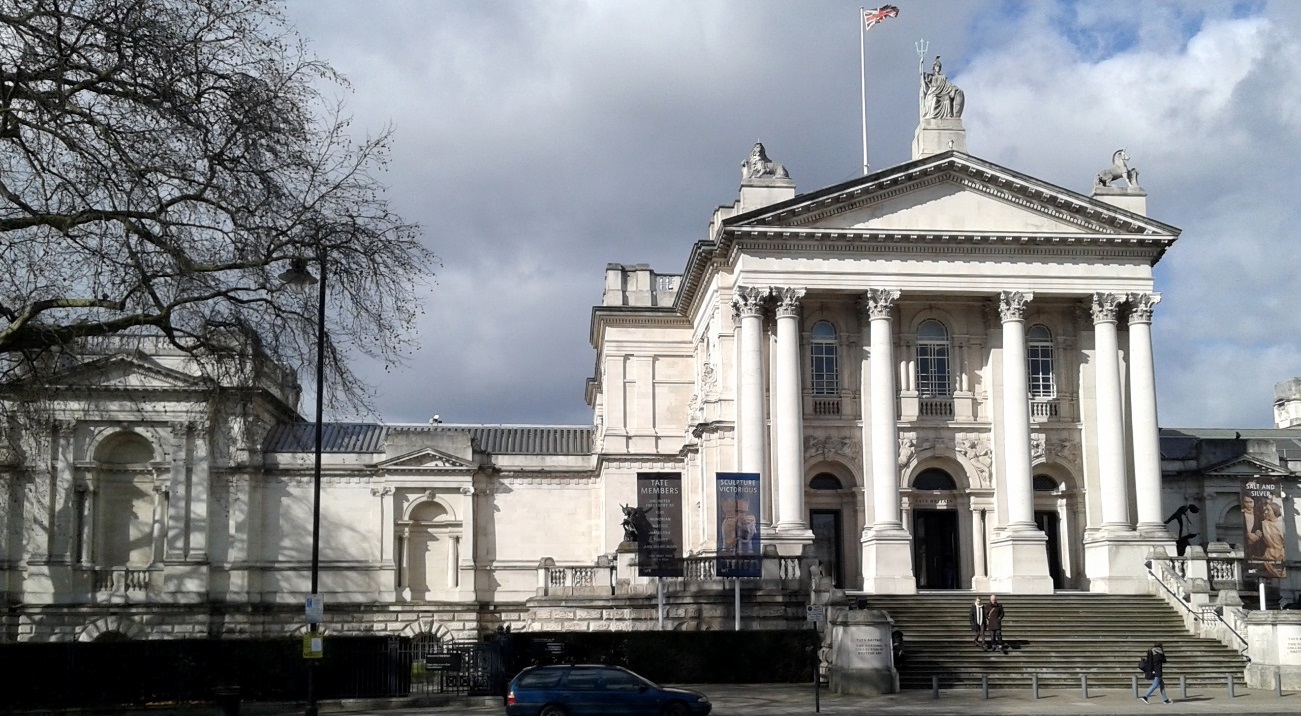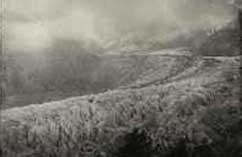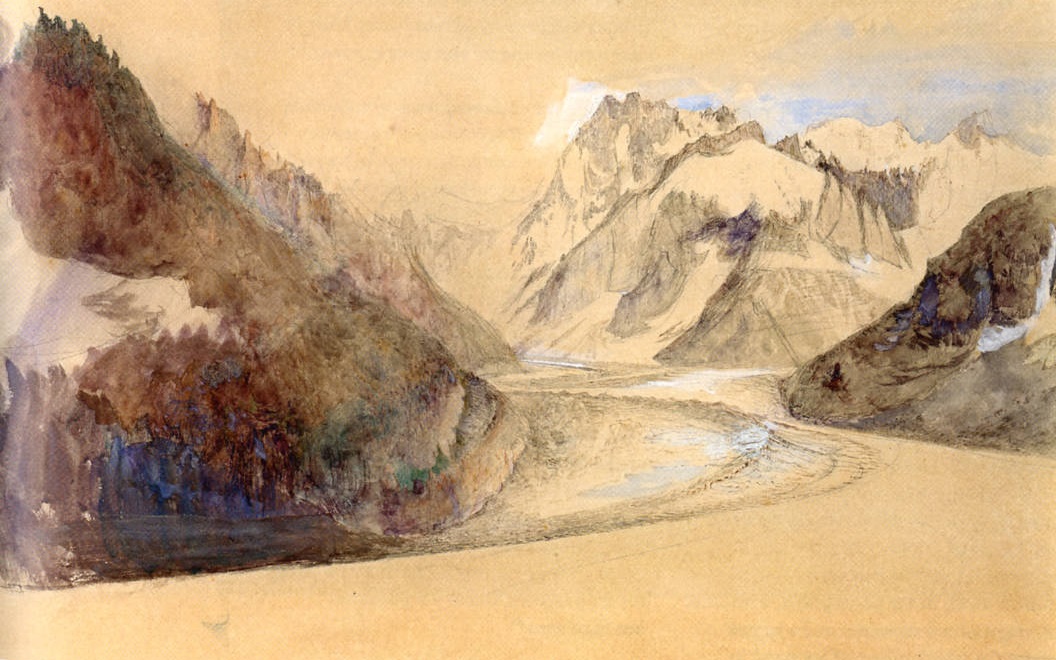Mercè Giralt
As a former student in the second year of the Postgraduate course in Museum Management, I would like to take the opportunity to share here one of the best experiences I have had in the field of museums and which I would probably not have had without first studying this programme.
Thanks to the practical and theoretical knowledge I gained during the postgraduate course, but above all thanks to the support of the instructors, two years later, in 2014, I was admitted to the MA in Art History and Museum Curating with Photography at Sussex University in Brighton, UK. What made me decide to do this MA was the degree of specialization, the focus on the particular work of the museum curator, specifically in the field of photography, a speciality that I unfortunately did not find in our country.
An internship at Tate Britain
Studying at a foreign university was a major challenge an even bigger one was the opportunity it afforded me to do an internship in the Conservation Department at Tate Britain. My stay at this museum was short, three months, but intense. From the very first day I found myself immersed in an exhibition project the subject of which could not be more fascinating: photography and art in the 19th century, Painting with Light, which has just opened.
Despite this museum’s gigantic structure, I spent my whole stay working shoulder to shoulder with the British art curator (1850-1915), the assistant British art curator (1790-1850), and an external curator from the Wilson Centre for Photography, an institution with which they work closely that has contributed a considerable number of pieces to the exhibition.
I was very thankful for the flexibility and the ease with which they rapidly fitted me in as yet another member of their team, inviting me to all the meetings and involving me in the decision-making process for the exhibition content. I was constantly surprised by the respect they showed for my humble contributions; at all times I felt that the hierarchical distinction was no more than what was strictly necessary. All knowledge was useful, all contributions were welcome.
Research for the photography exhibition and a discovery
My work consisted mainly of doing content research for the exhibition. The aim of the show is to explore the multiple connections between photography and art in the 19th century in the United Kingdom, taking “art” to mean all the artistic disciplines not included in the category of “lesser” arts or decorative arts.
Never before had a project of this kind been undertaken in the United Kingdom. Previously, other institutions had done similar projects but focused on different geographical territories, such as France or the continent of America, or on particular periods and styles. But never before had such exhaustive research work been done focusing on this geographical area and including all the artistic disciplines over such a long period of time, from the beginnings of photography in 1839 to the start of the 20th century.
It is not hard to imagine, then, the amount of research that this exhibition required, for which there was very little time! And then suddenly, one day they gave me the content of a whole room, the one devoted to the influence of photography on the work of the art critic John Ruskin (1819-1900) and the Pre-Raphaelites. Luckily work was already well underway, but even so it took me almost my entire stay to make one of my best contributions to the exhibition: the discovery of a Daguerreotype of the largest glacier in France, the Mer de Glace near Chamonix, whose whereabouts were unknown, and which Ruskin had used to do the watercolour painting of this glacier.
Without doubt, this was one of those experiences that make you aware of the importance and the need for research in an exhibition project, and of the complex, laborious and immense job of conservators and curators, which very often goes unnoticed. The visitors generally perceive the end result, but it is harder to appreciate the research work – well, not just the research – that is hidden behind the objects exhibited in a museum gallery.
A visit to the photography collections
However, as if the research work was not enough, once the pieces have been chosen for inclusion in the show, it is necessary to go and see them in situ and determine the state they are in and how well preserved they are, in order to decide if they can be exhibited or not. In fact, the visit to the photography collections was one of the most fascinating and instructive aspects of the internship.
Visiting the photography collections of the Victoria & Albert Museum and the Wilson Centre for Photography was not just a privilege; it enabled me to realize once more how important it is to see the originals before including them in an exhibition project. Chiefly, for reasons of conservation, insurance, transport, and so on, but above all because of how the visitors will receive them. In other words, taking into account the visual appearance of each piece, its particular visual appeal. This means that some objects are more likely to attract and fascinate the public than others. With this in mind, we ruled out photographs that were partially faded, others that had hand-written inscriptions on them and were not beautiful, or others that were simply too small to be appreciated in detail. All in all, a series of little big decisions that can determine the success of an exhibition.
In short, my stay at Tate has been an absolutely positive and gratifying experience. Witnessing the day-to-day workings of a foreign institution is a constant, very enriching learning process – something that I wholeheartedly recommend to anyone who has the chance to do it.
Recommended links
Salt and Silver: Early Photography 1840 – 1860, Tate Britain exhibition, 2015
Portal de Fotografia a Catalunya










